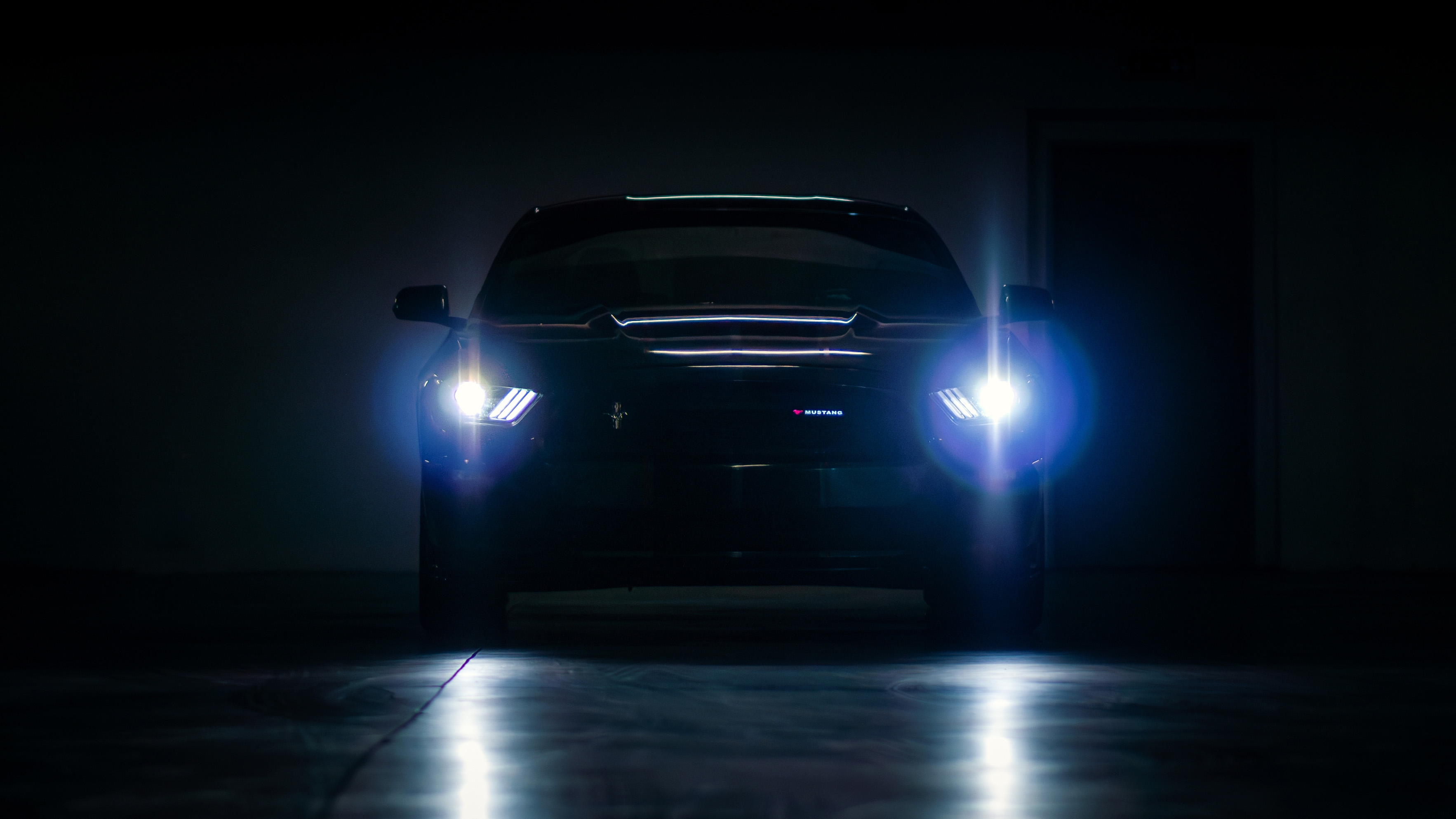Ford could be working on a wild car headlights system that follows the driver's gaze

Ford has been busy innovating of late, as following our report that the Blue Oval may be working on a camera system that automatically snitches on speeding drivers, news has surfaced that it is also attempting to modernize the headlight.
A patent, which Ford filed early last year but has recently been published by the United States Patent and Trademark Office (USPTO), involves a headlight system that tracks the driver's gaze and adjusts the beam direction accordingly.
The carmaker says that by tracking the driver's vision, its powerful headlamps could help illuminate potential obstacles and vulnerable road users that perhaps aren’t in the direct line of the headlight beam.
According to Auto123, Ford is proposing to combine eye and head-tracking systems with the vehicle’s already-installed object detection technology, which usually relies on video feeds and radar to pick up obstacles.
When the two systems work in conjunction, the technology would be able to recognize when a driver has spotted an animal or pedestrian at the side of the road, for example, and then adapt the headlight beam to light up the area and make it easier to track any potential risks.
Eyes on the prize

As with Ford’s potential camera-based speeding technology, this is just a patent filing for now, so may not ever see the light of day. But it interesting to see where headlight technology is heading.
Matrix LED headlights have proven the biggest technological leap in recent years, with the likes of Audi showcasing systems that can automatically switch off individual high-powered LEDs, so the high-beams can remain switched on without dazzling oncoming traffic.
Sign up for breaking news, reviews, opinion, top tech deals, and more.
In the US, modern matrix LED headlights that automatically adjust have only recently been made legal, following a change in the rules that dated back to 1967.
Front lighting systems that automatically adjust with steering input have also been in use for a number of years now, but eye-tracking appears to be the next logical step that some manufacturers are taking.
Alongside Ford's recent patent filing reveal, General Motors – more specifically Vauxhall and Opel – is also reportedly working on a research project that similarly tracks the driver’s gaze and adjusts the headlight direction accordingly.
However, New Atlas says that the project ran into issues surrounding sluggish data crunching and headlight actuators that couldn’t keep up with inputs. Similarly, the natural tendency for a driver's eyes to dart around resulted in erratic high beam movement.
Apparently, this was combated using an algorithm that delayed the response to some extent and resulted in smoother movements. Regardless, both of the proposed technologies appear to still be in the testing phase for now, with no word on when we might see it go into production.
You might also like

Leon has been navigating a world where automotive and tech collide for almost 20 years, reporting on everything from in-car entertainment to robotised manufacturing plants. Currently, EVs are the focus of his attentions, but give it a few years and it will be electric vertical take-off and landing craft. Outside of work hours, he can be found tinkering with distinctly analogue motorcycles, because electric motors are no replacement for an old Honda inline four.